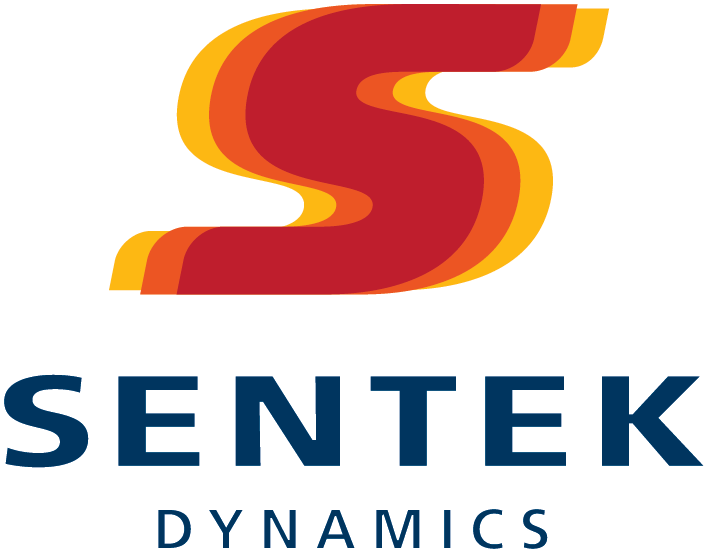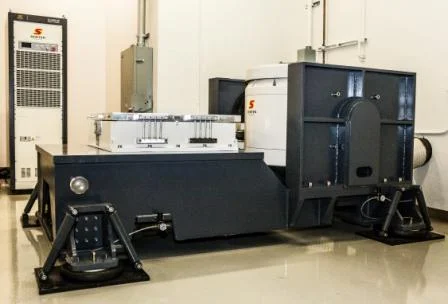Vibration testing has been carried out since the 60’s of the 20th century. Concurrently, vibration control systems evolved into the current network-based 4th generation systems. During the last several decades, single shaker vibration testing has been performed for a wide range of industries and has contributed to the progress of modern industries. Many products have been qualified through single shaker vibration control testing to ensure their survival through launching, operating or transportation environmental conditions.
With the development of multiple shaker table systems, the availability of Multiple Input Multiple Output (MIMO) controllers and Multiple Input Multiple Output (MIMO) vibration control started emerging a couple of decades ago. Due to the readiness of standards, (e.g., Mil STD 810G, Method 527 and IEST DTE 022 working group recommendation) MIMO Testing has gained a huge momentum in the past decade. The increased usage of multiple shaker testing systems has been adopted by not only our military and defense industries, but also NASA, automotive, and many other commercial industries as well.
The following photo illustrates a three-axis shaker system provided by Sentek Dynamics.
Sentek Dynamics Three-Axis Shaker System
In the real world, structural vibrations are excited from sources in all directions. To simulate a real-world vibration environment, testing needs to be performed in more than one direction simultaneously. For many applications, MIMO Testing is required for different reasons, such as large structure testing with a single shaker that cannot be excited without extensive fixturing, or large structure testing with a single shaker providing insufficient force. Also, there are tests requiring simultaneous multi-axis excitation (translations only, or translations with rotations). MIMO testing is recommended when SDOF testing is inadequate to properly distribute the vibration energy to satisfy this specific requirement.
Furthermore, MIMO testing consisting of multiple shakers simultaneously exciting in multiple directions cuts the overall testing time in comparison to single shaker testing, eliminating the time needed to change the fixing of the DUT to the table and to change shaker orientations (e.g., from vertical to horizontal). In general, MIMO testing provides a distribution of vibration energy to the test article in more than one axis in a controlled manner without relying upon the dynamics of the test article for such distribution. The physical configuration of the test article is such that its slenderness ratio is high, thus Single Exciter Testing must rely upon the dynamics of the test article to distribute energy. For large and heavy test articles, more than one exciter may be necessary to provide sufficient energy to test the item. Crystal Instruments’ Spider MIMO Vibration Control System utilizes multiple shakers and multiple control channels which are assigned with defined profiles. The control process of MIMO Control is expanded into an advanced matrix fashion compared to the scalar fashion of single shaker control.
MIMO Random Control, like MIMO Sine Control, can control phase between shakers and between axes. By maintaining a multi-dimensional system matrix, the Spider system is always capable of determining the contribution from each shaker to the overall response and to properly differentiate for each shaker so that proper, accurate, safe control is assured. In a Random test, MIMO produces true Random with one control per profile. The same quality of control offered by Single Shaker Random control is inherent to MIMO Random control. Adaptive control guarantees rapid equalization and accurate control when nonlinear responses occurs. This also reduces the time required to achieve full level testing.
As shown in the following MIMO Random control screenshots, common carrier transportation profiles are used to control the transverse, longitudinal and vertical vibration directions on three-axis shaker systems.
Check more details about Crystal Instruments’ newly released MIMO Vibration Control system at: https://www.crystalinstruments.com/mimo-vibration-control-overview



